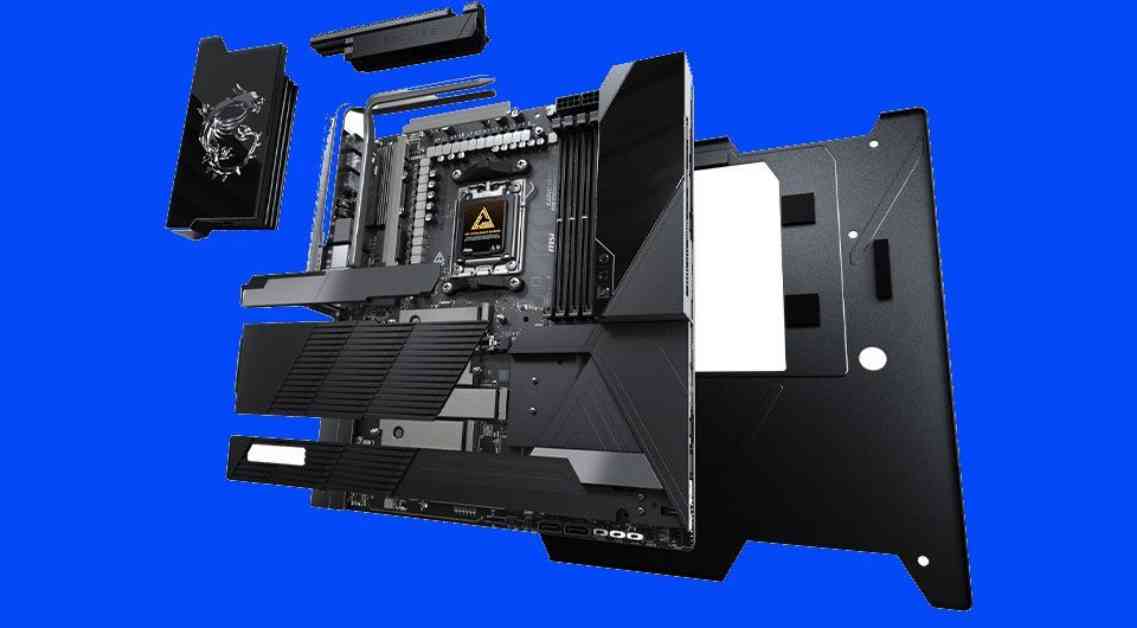MSI has recently unveiled its latest X870 and X870E motherboards designed for AMD AM5 processors, including the highly anticipated Ryzen 9000-series chips. These new motherboards boast advanced features such as ATX 3.1 support and enhanced PCIe power supply capabilities, catering to the demands of next-generation GPUs.
Enhanced Power Supply for GPUs
One of the standout features of the new MSI motherboards is the addition of supplemental PCIe Power, providing a significant increase in power delivery to both the motherboard and GPU. With the growing power requirements of modern graphics cards, such as the rumored 550 W RTX 5090 from Nvidia, this boost in power supply is a welcome addition for enthusiasts and gamers alike.
The integrated 8-pin PCIe power connector on the motherboard itself mirrors the supplemental power connectors that currently provide power to the CPU socket. This innovative design allows for a 2.5x increase in power delivery to the PCIe graphics slot, raising the power supply from 66 W to a maximum of 165 W for the primary PEG-16 slot.
ATX 3.1 Standard Support
In conjunction with the PCIe Power feature, the new MSI motherboards also support the ATX 3.1 standard, enabling a more efficient power distribution system for GPUs. The introduction of a 12V-2×6 power connector for graphics cards, which is backward compatible with the previous 12VHPWR connector, ensures a reliable power supply for high-end components.
The combined power output from the PCIe slots, RGB lighting, and fan headers totals an impressive 420 W, thanks to the additional 252 W provided by the PCIe Power feature. This substantial power budget allows users to push the limits of their system performance without worrying about power constraints.
Future-Proofing Your System
With the increasing power demands of modern PC components, it is essential to future-proof your system with a robust power supply. The new MSI motherboards can deliver up to 132 W to fan headers alone, ensuring efficient cooling for even the most demanding setups.
To fully utilize the capabilities of these motherboards, users may need a high-wattage PSU capable of supplying power to components like a 600 W GPU, a 300 W Intel CPU, and the motherboard’s power requirements. A PSU rated at around 1,500 W is recommended to ensure stable and reliable power delivery to the system.
As technology continues to advance, the need for more efficient power connectors and standards becomes increasingly apparent. While the current ATX standard has served as the foundation for PC components for years, it may be time for a comprehensive overhaul to meet the demands of modern hardware.
In conclusion, the new MSI X870 and X870E motherboards offer cutting-edge features and enhanced power supply capabilities to meet the demands of next-generation GPUs. With support for the ATX 3.1 standard and the innovative PCIe Power feature, these motherboards provide a solid foundation for building high-performance gaming rigs and workstations.
















